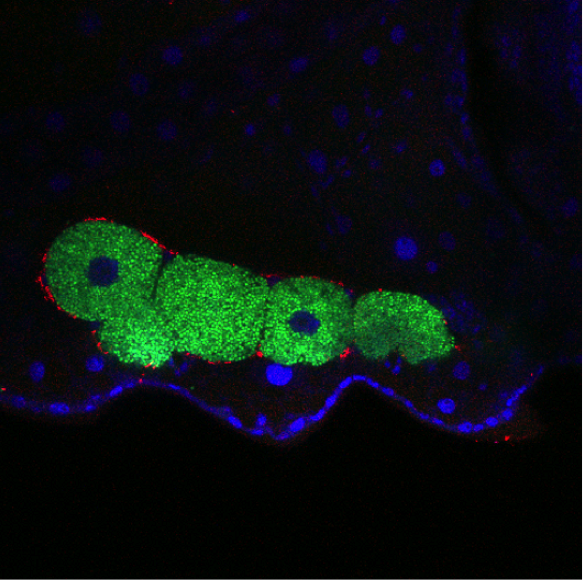
Enseignant chercheur
M. Vincent Foray
Enseignant-chercheur spécialisé sur les interactions entre les organismes et leur environnement, notamment dans le contexte des changements climatiquesCoordonnées
- vincent.foray@univ-tours.fr
- Site internet
- https://www.researchgate.net/profile/Vincent_Foray
Discipline(s)
Discipline(s) enseignée(s)
- Génétique : "Génétique évolutive" (L3) et "Génétique des populations" (M1)
- Biologie des organismes : "Diversité du monde vivant" (L1) et "Ecologie - Ethologie" (L1)
Thèmes de recherche
My research aims to understand the proximal and ultimate mechanisms linking genotype, phenotype and environment. More specifically, I am interested in the impact of temperature and endosymbiotic bacteria on the phenotype and fitness of insects. Currently, I am developing a project investigating the factors underlying the thermal adaptation of aphids, with a special focus on thermal heterogeneity and fluctuations.
Thermal biology
Temperature is probably the most structuring abiotic factors for ectotherm organisms, like insects. Insects have to cope with thermal fluctuations within their microhabitat and we need a comprehensive of their impacts to predict the ecological consequences of global changes. Due to the classical non-linear relationship between insect performance traits and temperature, one part of the answer resides in the Jensen Inequality, a mathematical property of non-linear function. However, thermal fluctuations are expected to induce time-dependent effect, like acclimation or accumulation of stress defects. Based on a comparative and integrative approach, my aim consists in deciphering the molecular, physiological and behavioral consequences of thermal fluctuations.
Symbiotic interactions

